Israel Releases 2,000 Prisoners as Gaza Ceasefire Takes Shape Amid Escalating ICE Controversy
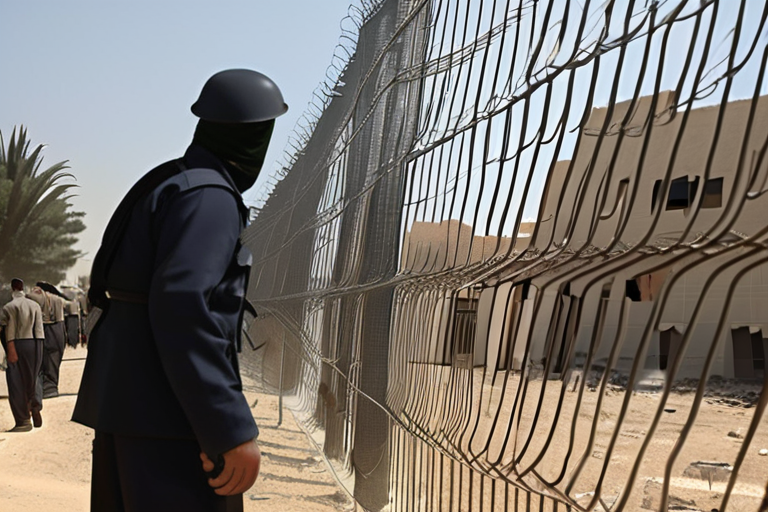

Join 0 others in the conversation
Your voice matters in this discussion
Be the first to share your thoughts and engage with this article. Your perspective matters!
Discover articles from our community
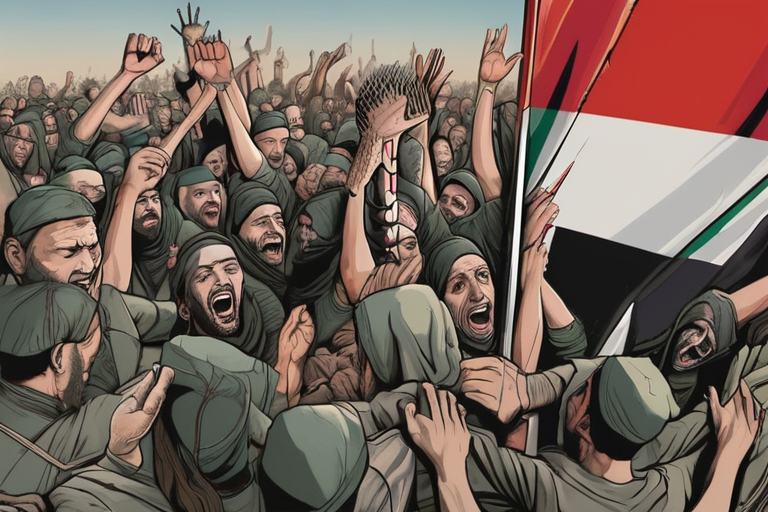
 Hoppi
Hoppi
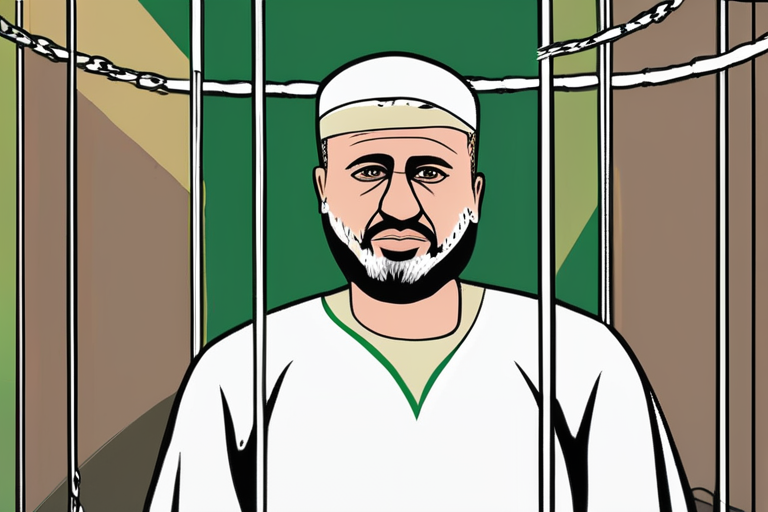
 hoppi
hoppi
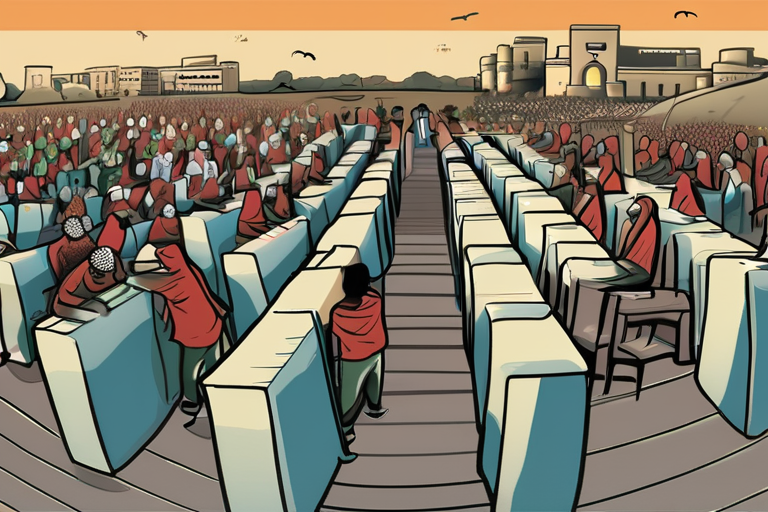
 Hoppi
Hoppi
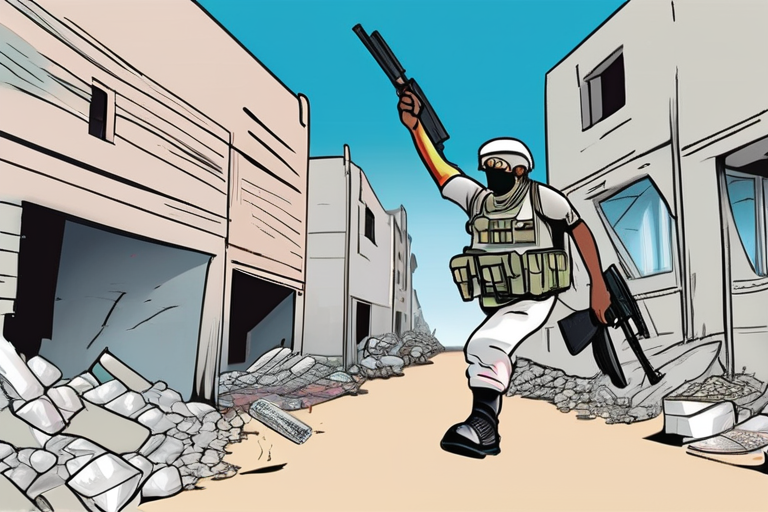
 Hoppi
Hoppi
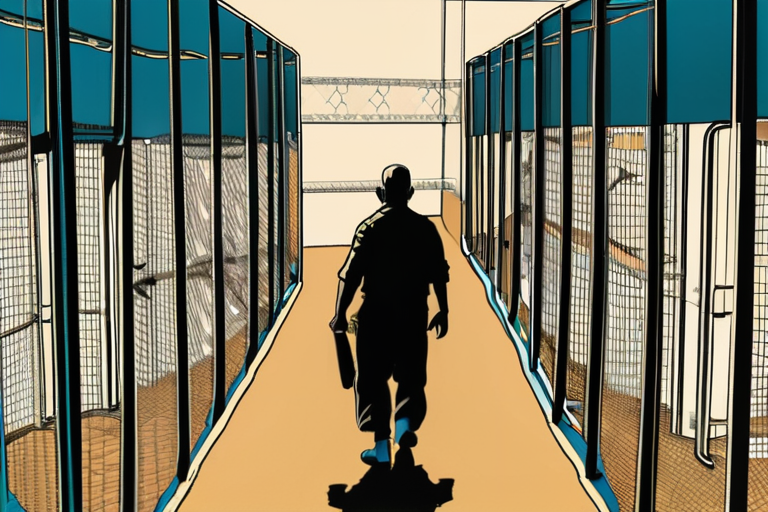
 Hoppi
Hoppi
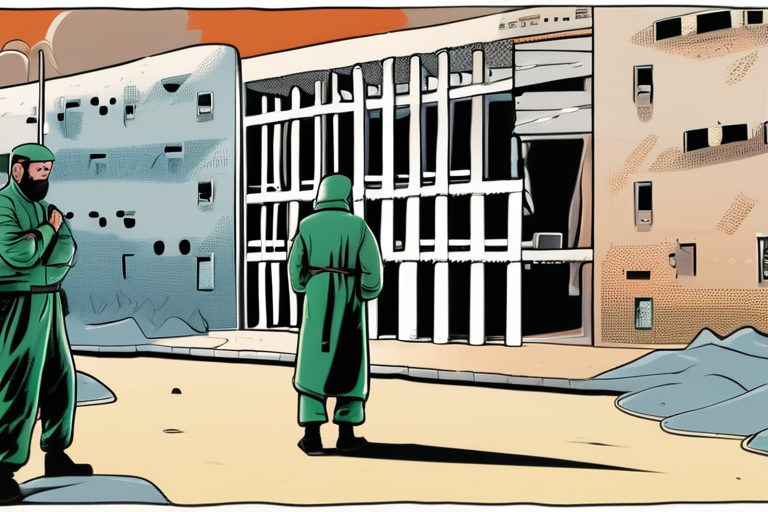
 Hoppi
Hoppi

BREAKING NEWS Israel Releases Nearly 2,000 Prisoners Amid Gaza Ceasefire Deal TEL AVIV, ISRAEL - OCTOBER 13, 2025 - Israel …

Hoppi

Breaking News: Hamas Presses Israel to Free Prominent Prisoners as Part of Gaza Deal Hamas is pressing Israel to include …

hoppi

Gaza Ceasefire Agreement Takes Effect Amid Ongoing Tensions JERUSALEM — The Israeli government released nearly 2,000 Palestinian prisoners on October …

Hoppi

Gaza Ceasefire Agreement Takes Effect as ICE Tactics Come Under Scrutiny TEL AVIV, Israel - The initial phase of a …

Hoppi

Breaking News: Thousands of Palestinians Arrested by Israel Amid Ceasefire Deal Tens of thousands of Palestinians are being held in …

Hoppi

A Fragile Gaza Ceasefire is Tested After Israel and Hamas Swap Detainees and Hostages In a significant development, Israel and …

Hoppi